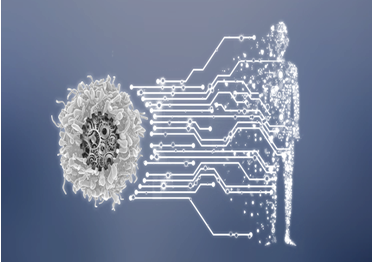DAWN OF SYNTHETIC BIOLOGY ENGINEERING LIFE AT THE MICROSCOPIC SCALE: A REVIEW
Keywords:
Abstraction hierarchies, AI, DNA, ML, modularity, orthogonality, PCRAbstract
Synthetic biology, converging biology, engineering and computer science, allows the design of new biological systems, promising revolutions in healthcare, agriculture and environmental sustainability. Its core principles—modularity, abstraction hierarchies, orthogonality, predictability, and standardization—enable systematic biological engineering. Modularity breaks complex systems into manageable parts, while abstraction hierarchies organize these parts by complexity. Orthogonality ensures independent function of synthetic components and predictability is achieved through modeling and computation. Standardization promotes reproducibility and collaboration. Mechanistically, synthetic biology manipulates DNA, designs genetic circuits and metabolic pathways and applies physical and computational principles. Techniques like PCR and DNA sequencing construct recombinant DNA. Genetic circuits control gene expression and metabolic engineering optimizes pathways. Integrating Artificial Intelligence (AI) and Machine Learning (ML) accelerates innovation by analyzing data, predicting protein structures and automating experiments, improving drug and therapy development.Synthetic biology can address global challenges like infectious diseases, climate change and food security, in addition to the potential applications in the medical and pharmaceutical sectors. By understanding its principles and using advanced technologies, researchers can realize the field's potential for a better future.

Peer Review History:
Received 12 December 2024; Reviewed 6 January 2025; Accepted 17 February; Available online 15 March 2025
Academic Editor: Dr. Jennifer Audu-Peter , University of Jos, Nigeria, drambia44@gmail.com
, University of Jos, Nigeria, drambia44@gmail.com
Reviewers:
 Dr. O.J Owolabi, University of Benin, Nigeria, owolabi@uniben.edu
Dr. O.J Owolabi, University of Benin, Nigeria, owolabi@uniben.edu
 Dr. Omid Gholami, Sabzevar University of Medical Sciences, Iran, omidghphd@gmail.com
Dr. Omid Gholami, Sabzevar University of Medical Sciences, Iran, omidghphd@gmail.com
Downloads

Published
How to Cite
Issue
Section

This work is licensed under a Creative Commons Attribution-NonCommercial 4.0 International License.









 .
.